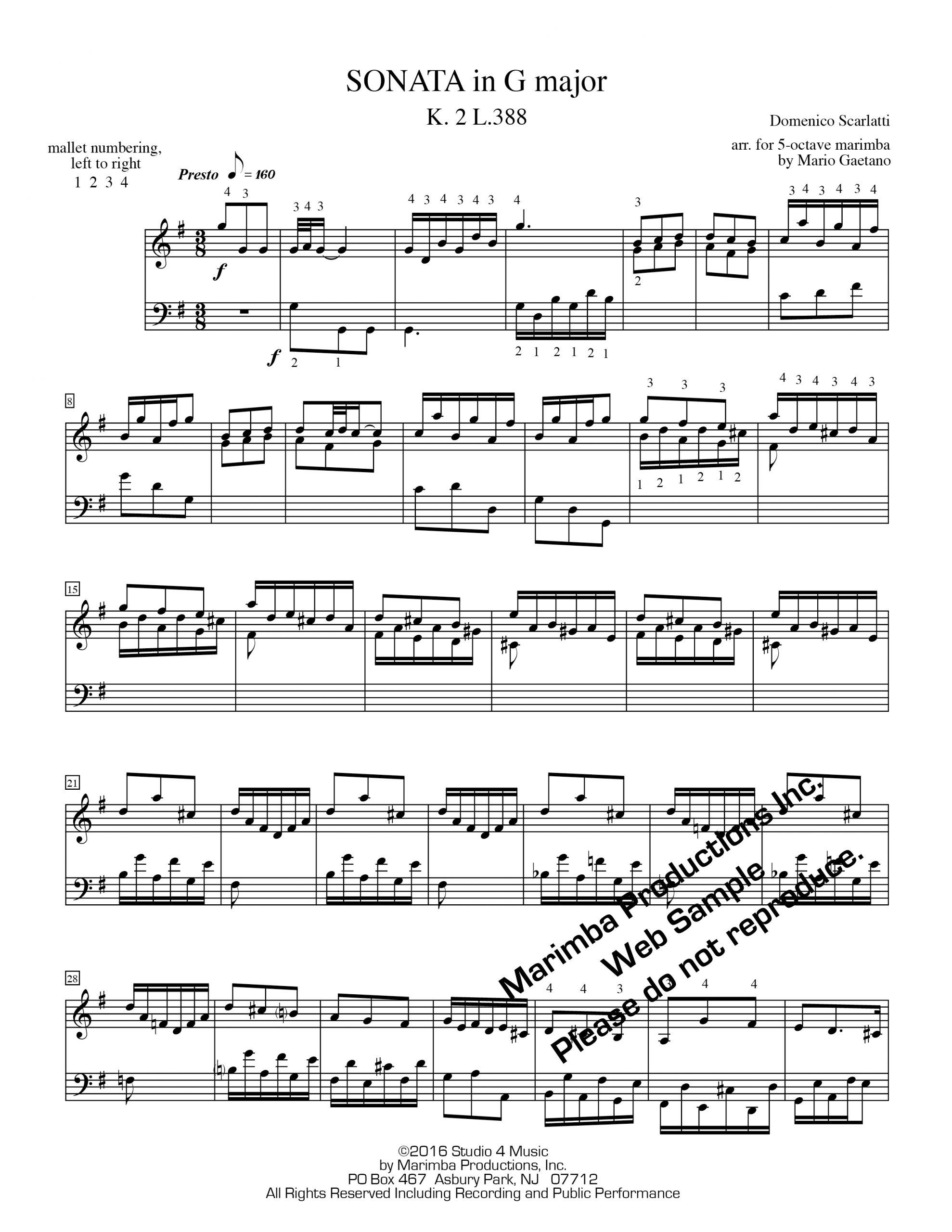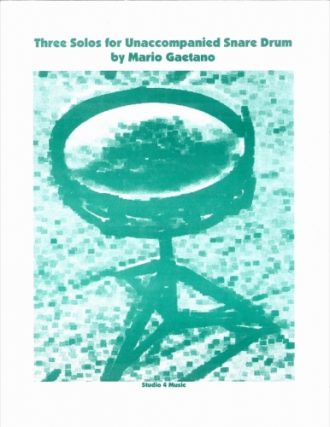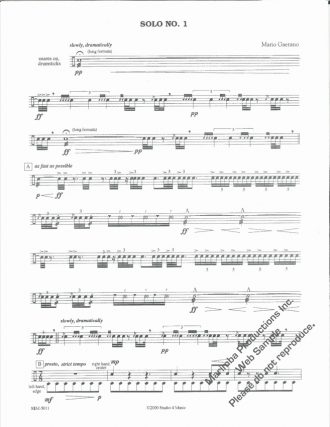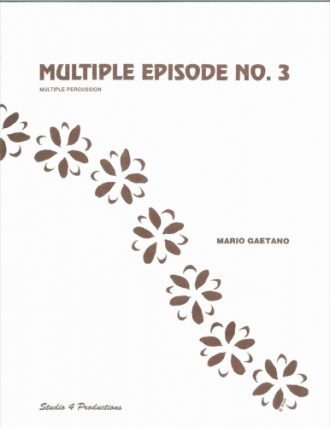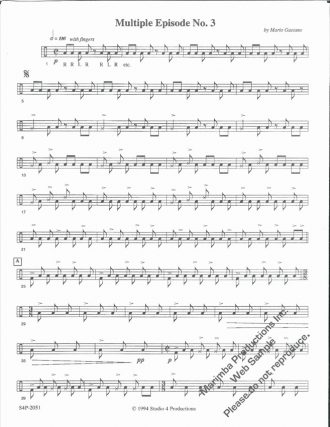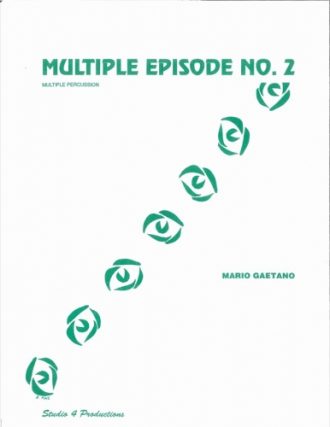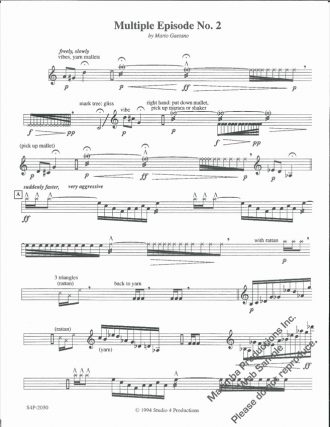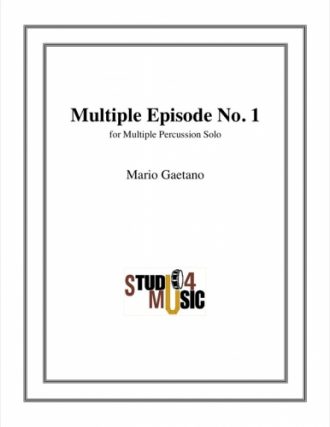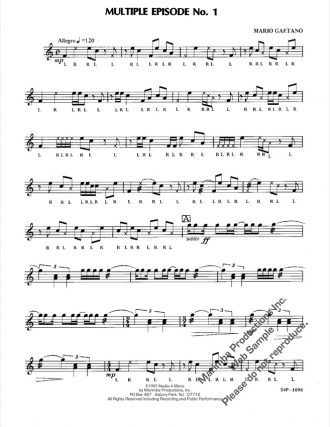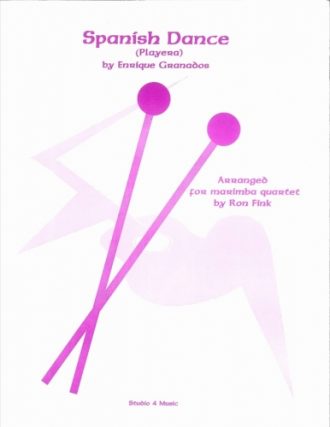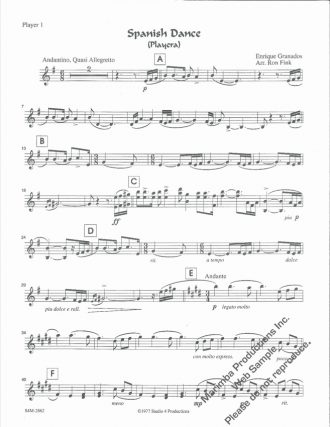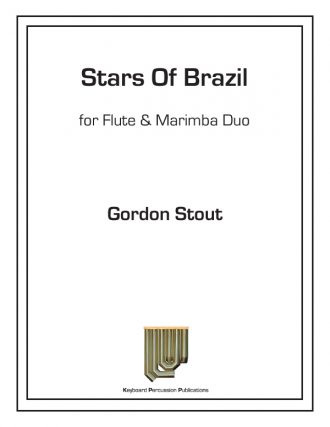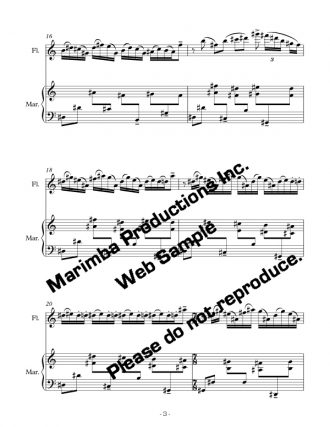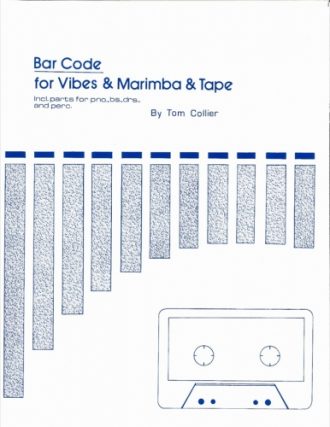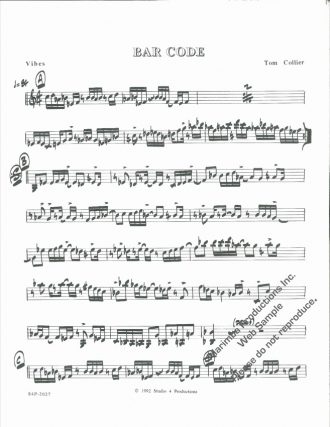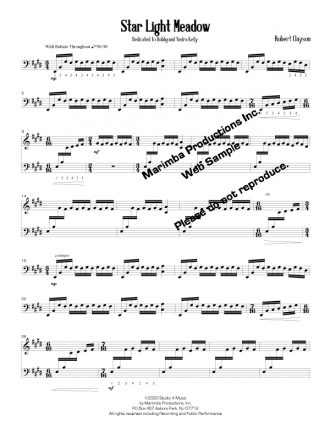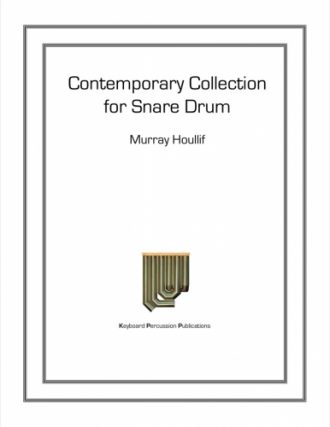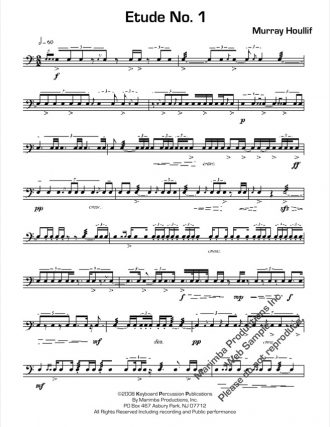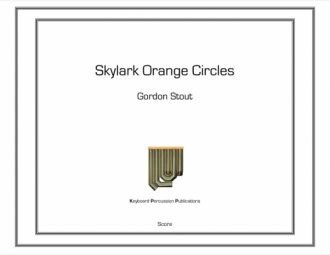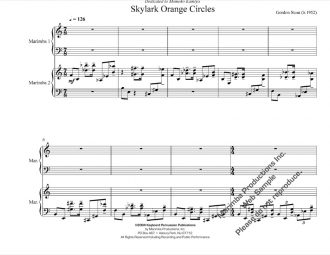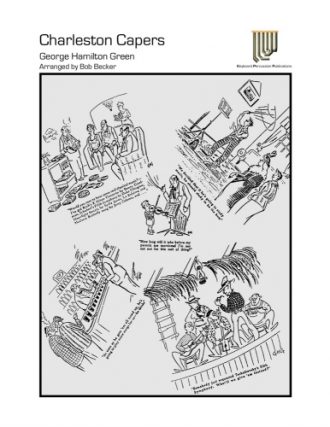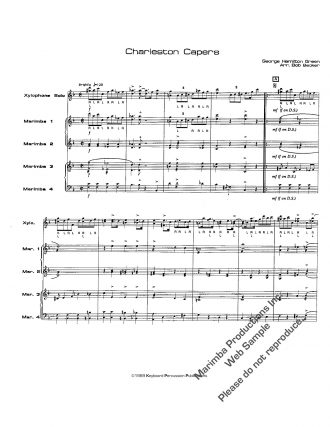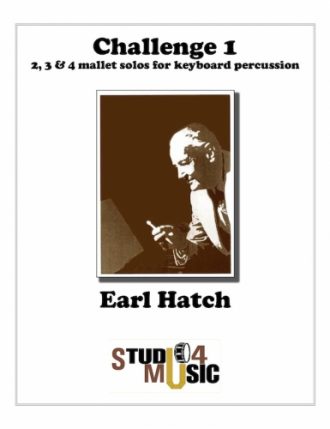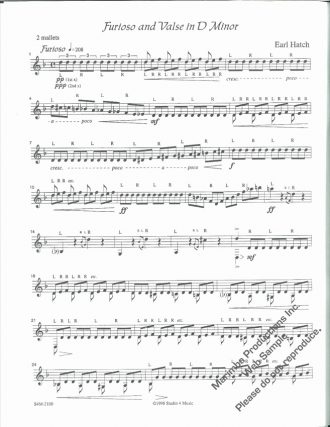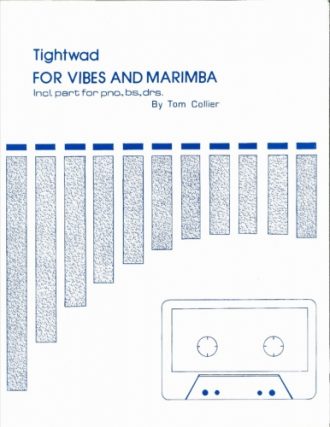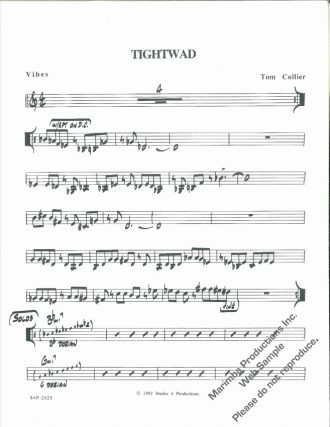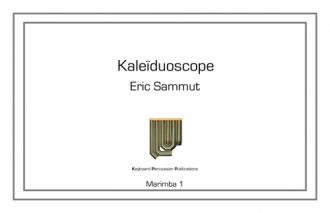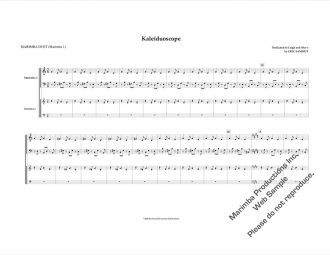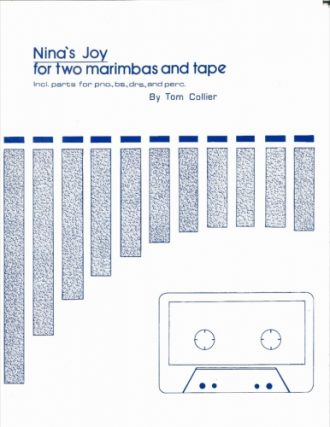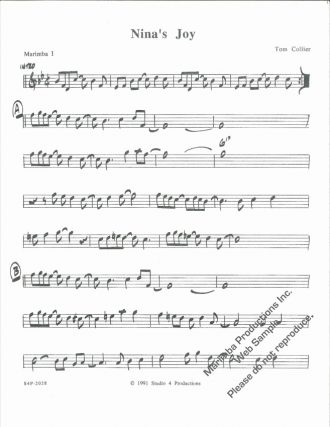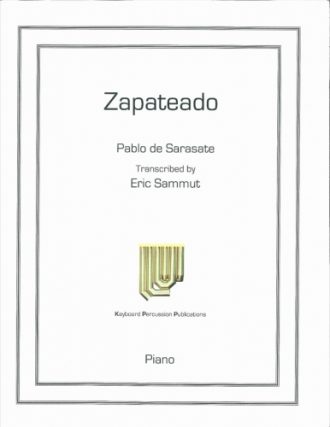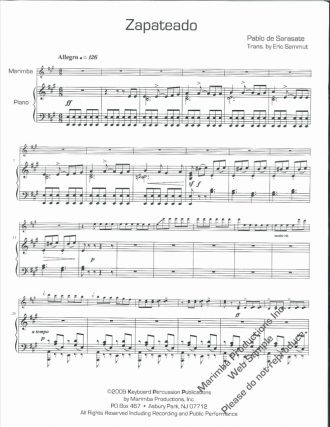Domenico Scarlatti (1685-1757), son of Alessandro Scarlatti, was an Italian composer who spent much of his life in the service of Portuguese and Spanish aristocracy. Although a contemporary of J.S. Bach and Handel, he was one of the few Baroque composers whose style transitioned into the Classical period. He composed in a variety of musical forms, but today he is known mostly for his 555 keyboard sonatas.
Scarlatti’s keyboard sonatas were composed mainly for the harpsichord or early fortepiano, are in single movements, and are binary or early sonata form. Many of the works show the influence of Portuguese or Spanish folk music, and many of his musical figurations are suggestive of the guitar.
The American musicologist Ralph Kirkpatrick produced an edition of the sonatas in 1953, and the numbering (Kk. or K.) from this edition is now the standard. Previously, the numbering system commonly used was from the 1906 edition compiled by the Neapolitan pianist Alessandro Longo (L. numbers). Kirkpartick’s numberings is chronological, while Longo’s ordering is result of his grouping of sonatas into “suites.” The two arrangements in this small collection include Sonata in G Major K.2 L.388 and Sonata in e minor K.98 L.325.
For both of these four-mallet solos, performers should expect a workout in their single-alternating stokes, as Mario Gaetano did a good job of arranging notes that were originally written for nimble, quick-moving fingers across a keyboard. And, as is expected of most keyboard works of the late Baroque-early classical period, there is no break in the momentum from beginning to end. Each of the solos lasts around four minutes and packs the melodic and harmonic challenges found in the violin and cello works of J.S. Bach — which is to say, they will eat you for lunch if you don’t have your head in the game. As with most music from this period where the music theory contained within is airtight, wrong notes stick out like a neon sign. Slow and patient practice, combined with a formal analysis of each phrase, will serve marimbists well as they prepare for performance.
— Joshua D. Smith, Percussive Notes — July 2017


